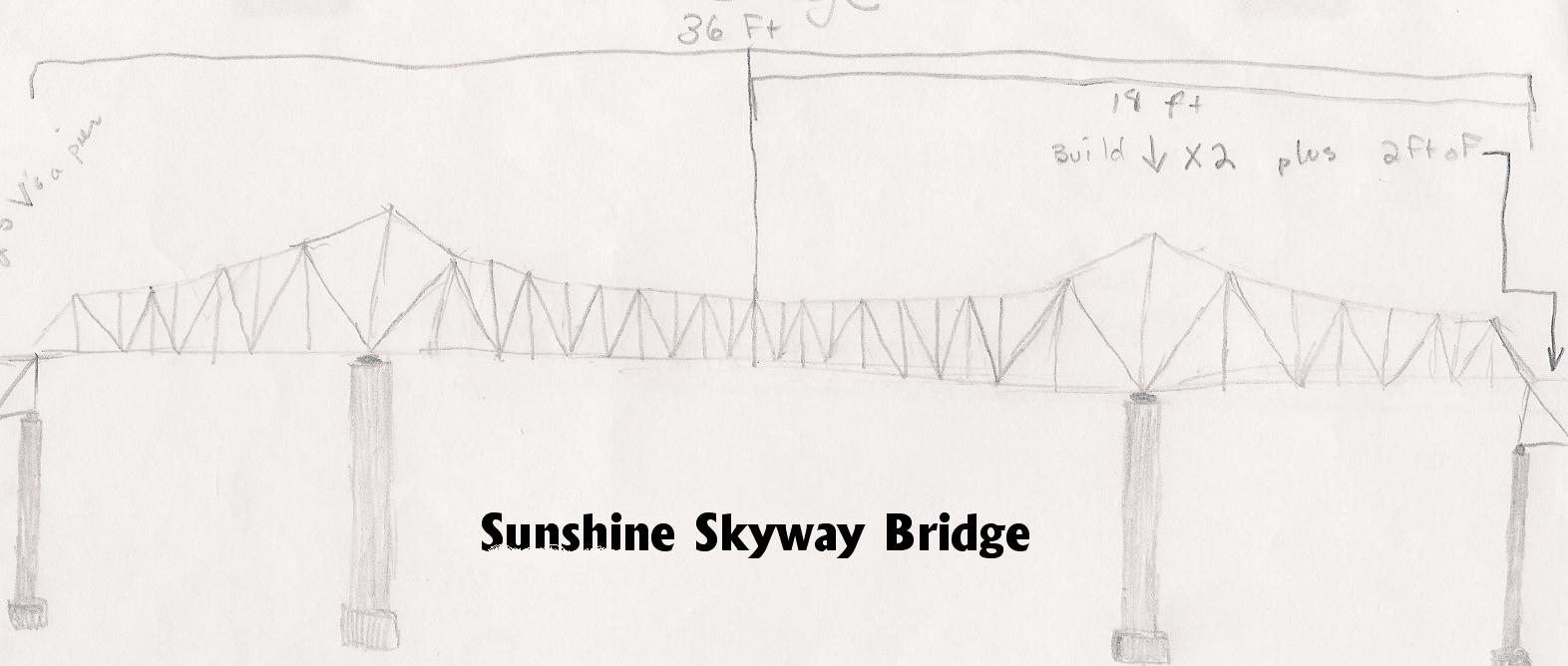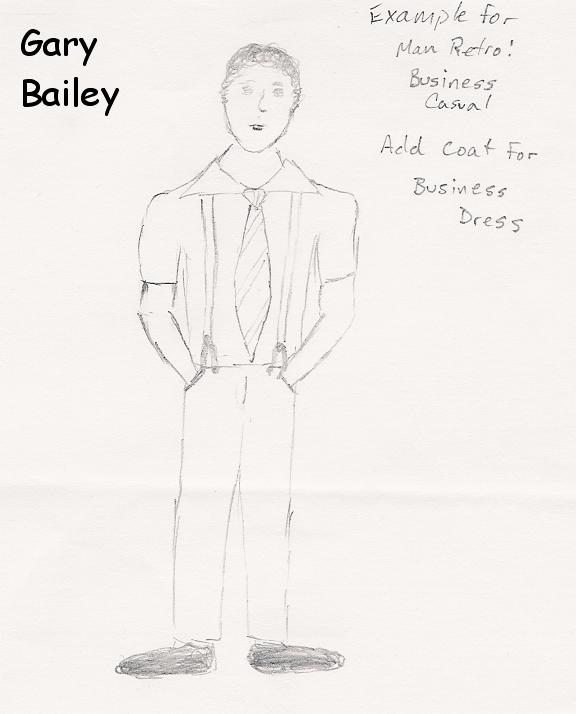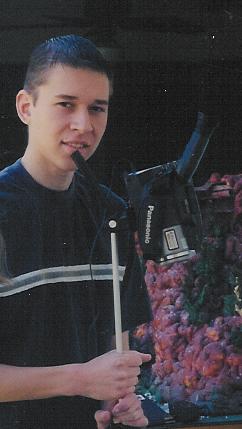|

Step 1:
Find inspiration!!! Whether you just finished a great book, or you are in nature, inspiration can be found
in anything. You need the inspiration to develop a story. A compelling story that moves the soul and touches many lives
is hard to come by, but you can find it! So you need to start jotting down your ideas and begin developing the story. Then
get a hold of a computer and start typing. I recommend reading, "How to Write a Selling Screen-play" by Christopher
Keane. It is a great book that may inspire you, and is a step-by-step guide to creating a story and the format for writing
a script. A script needs to have each scene described and a brief location synopsis. Then the dialogue should be centered
down the center. (See Example) Do you have the story and have you typed it up? If not get crackin' , but if so, you may
advance to step 2.

Here, maybe this will give you some ideas!
or, click here to try some of these stories.

Step 2:
So you have one of the most pivotal stories and greatest screen-plays ever written either in your hands or hopefully
saved on your computer. Now it's time to start examining your characters and their surroundings. The majority of your planning
is most likely here and in writing your script. Here is all the set design and storyboarding. When you have a complex action
sequence, you need to draw it out so that the camera people or even yourself knows exactly the shot you want and need. (See
Example) For storyboarding I recommend reading, "Storyboarding 101" by James O. Fraioli. Your probably saying
to yourself, "I CAN'T DRAW!!" Well then read, "How to Draw What You See" bye Rudy De Reyna. Once storyboarding
is complete you can move on to set design. This is where you figure out all the engineering and measurements of every set
needing to be built. (See Example) Make sure that you accomodate room for the camera and lighting, some sets may not need
a ceiling and therefore lights can be clipped at the top. Now that all this planning is finished you can proceed to step
3.


Step 3:
Now the fun begins! No not filming yet, but you're so close! Now is the character wardrobe, casting, and set
building. First examine your characters and think to yourself, "What would this character wear and look like?"
After doing this you can start casting parts and get costumes for those participating. (See Example) A great resource for
actors, I found, is friends! They are great at volunteering, and trust me you'll have a blast with them! Friends are also
willing to help with the set building, making a movie is fun and everyone loves to join in, and an added bonus: Their name
is put on the credits! So stick with your plans get your supplies and now move on to step 4.

Moving on........
.

<----History of Cinematography
Step 4:
Finally the fun can begin! Filming!! But here's a few steps to prep for filming:
1. Get your characters
into costume and do their make up.
2. Set up all the props for the scene and make sure your actors know their lines.
3. Have the actors stand in place and use the three point light system for lighting. (Basically the three point light
system consists of three lights, a bright one, medium light, and dim light. Place the bright one on either the left or right,
then place the medium light opposite of that, both facing the action. Your dim light should go up high behind your subject
to light the room up.)
4. Ok now you can say it, "Lights, Camera, Action!" Just be sure that the camera is
in the right spot for the shot you want. Quick Tip: If you are a beginner at film making, try the edit-as-you-go method.
By this I mean film the entire movie in sequence as it was written. When a mistake is made switch your camera to the play
mode and rewind to the spot before the mistake and begin shooting again. (Meaning Take 2) If you are a little more experienced
and plan to edit (Step 5) then create a film schedule for your actors and shoot specific scenes in which ever order is easiest,
if the script calls for 6 scenes in the movie to be in a kitchen, take a day and shoot all those 6 scenes knowing that later
you will intercut them with your other footage to create a seemless story.
The Best of Hollywood!
Step 5:
Editing....probably the most tedious of all aspects in film making. With the technology of today, editing software
and hardware is becoming increasingly available to the public. Both Macintosh and IBM have great software packages, however
I prefer Macintosh the iMac is great for a beginner and comes with a program already, iMovie 2 which is extremely user friendly.
To make editing easy, take your script and number each scene. Then watch all your footage and write the time code for
the beginning of each scene on the script. (The time code is that clock at the bottom of the picture 00:00:00) Then when
you want to edit you just fast forward to the time code of the scene, digitize and begin putting your story together.
Once
your done with that you should have a beautiful product that you can most certainly be proud of!
You can now roll out
the red carpet and have a huge premiere!
More on How To Make A Movie, Click Here!
|